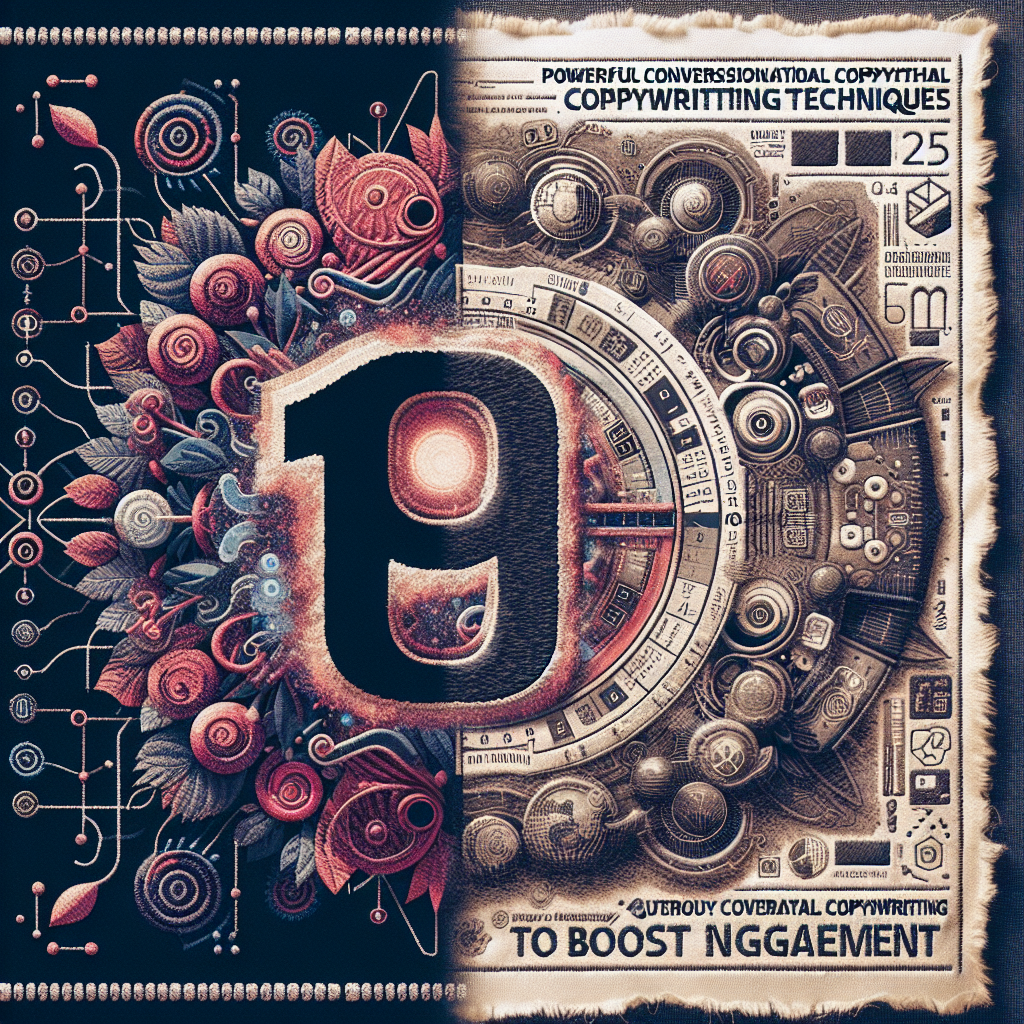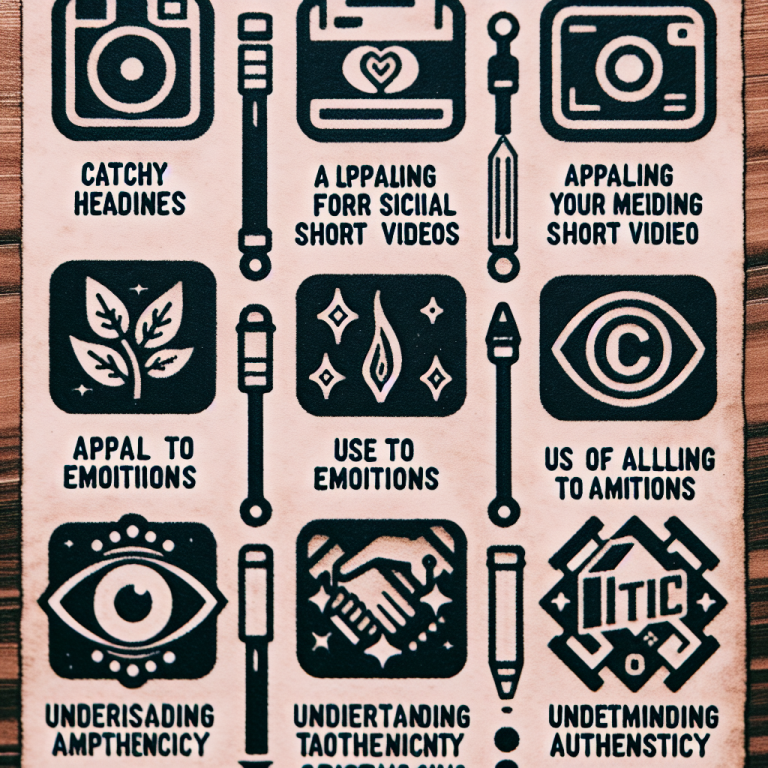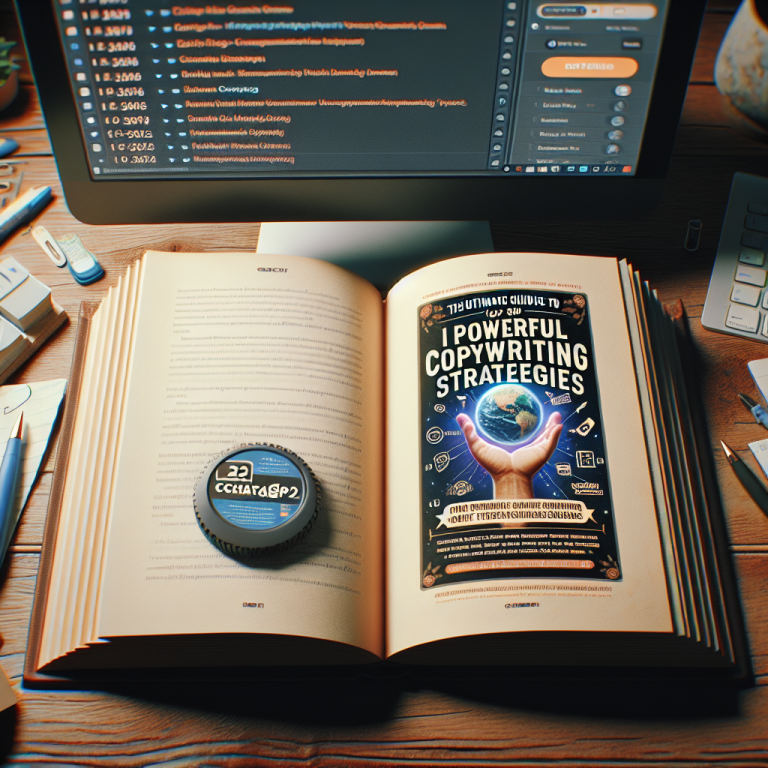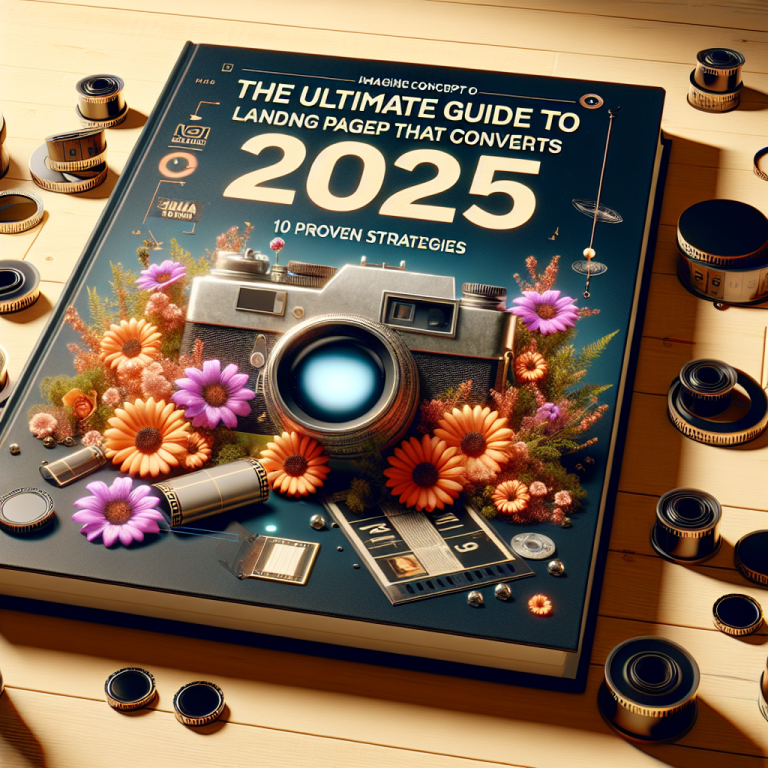10 Powerful conversational copywriting techniques to boost engagement in 2025
In today’s digital landscape, mastering conversational copywriting techniques is more crucial than ever. As brands seek to foster genuine relationships with their audience, techniques that simulate real conversations can significantly boost engagement and conversions. In this article, Iâll share 10 proven ways to incorporate conversational copywriting techniques into your marketing strategy for 2025.
1. Use Personal Language and Voice
Connecting Through Personalization
One of the foundational conversational copywriting techniques is using a personalized, authentic voice. When your copy sounds like a real person speaking directly to a customer, it creates trust and rapport. Instead of dry, corporate language, opt for words that reflect genuine empathy and understanding.
For example, instead of saying, “Our product is the best,” say, “I know how frustrating it can be to find a solution that really works.” This shift makes your message feel more approachable and relatable, encouraging customers to engage more deeply with your brand.
Practical Tips for Personal Language
- Use conversational contractions: “you’re,” “we’re,” “it’s.”
- Address the reader directly with “you” and “your.”
- Share personal stories or anecdotes that resonate with your audience.
2. Ask Thought-Provoking Questions
Engage Your Audience with Intriguing Questions
Asking questions is a classic conversational copywriting technique that invites interaction. Thought-provoking questions encourage your readers to pause and reflect, making your content more memorable and engaging.
In 2025, leveraging questions like, “Whatâs the biggest challenge youâre facing this year?” instead of passive statements, sparks curiosity and prompts responses. This can be especially effective in email marketing, social media posts, and landing pages.
Crafting Effective Questions
- Make questions open-ended to encourage detailed responses.
- Relate questions directly to your audienceâs needs or pain points.
- Follow up with engaging content based on their responses.
3. Write Like You Speak
Natural Language for Better Engagement
Adopting a natural, conversational tone helps make your copy feel genuine and less forced. Write as if you’re talking to a friend, using everyday language and slang where appropriate. This approach aligns with the trend in 2025 where audiences crave authenticity over perfection.
If you normally say, “We provide innovative solutions,” translate that to, “Weâre all about crafting solutions that actually work for you.” This subtle shift can dramatically increase your connection to the reader.
Tips for Speaking Naturally
- Avoid jargon or complex industry terms whenever possible.
- Read your copy aloud â if it sounds forced, revise it.
- Use humor or colloquial expressions sparingly but genuinely.
4. Incorporate Storytelling
Building Connection with Stories
Storytelling is a powerful conversational copywriting technique that humanizes your brand. Sharing real-life stories, customer successes, or behind-the-scenes glimpses makes the content relatable and trustworthy. Stories naturally engage the audience, encouraging them to stay and read more.
In 2025, stories that evoke emotion and demonstrate your productâs value can convert readers into loyal customers. For example, a case study about how your product solved a real problem resonates far more than just listing features.
How to Use Stories Effectively
- Keep stories authentic and relevant to your audience.
- Use a clear beginning, middle, and end.
- Incorporate sensory details to make stories vivid.
5. Use Friendly and Relatable Tone
Creating a Warm, Inviting Voice
Your copy should sound like a friendly conversation. This friendly tone builds rapport and reduces hesitation, especially in sales pages or calls-to-action. By showing empathy and understanding, your audience feels seen and appreciated.
In 2025, this approach is especially important as consumers seek brands with personality and authenticity. Use words like “we get it,” “you deserve,” and “letâs figure this out together.”
Practical Applications
- Use inclusive language such as “we” and “us.”
- Avoid aggressive sales language; focus on benefits.
- Include humor or light-hearted remarks when appropriate.
6. Utilize Second-Person Perspective
Speaking Directly to Your Audience
The second-person perspective (“you”) is a conversational copywriting technique that makes your message feel direct and personal. It creates an immediate connection, making the reader feel as though you’re speaking directly to them.
For example, instead of saying, “The system helps users find solutions,” say, “Youâll find solutions faster with our system.” This simple shift boosts engagement and makes your content more persuasive.
Implementing the Technique Effectively
- Use “you” to address pain points and desires.
- Highlight the benefits for “you” explicitly.
- Avoid overusing, to keep the message natural.
7. Implement Interactive Content
Engaging Through Interactivity
Interactive content like quizzes, polls, and chatbots exemplifies conversational copywriting techniques by inviting users to participate actively. These tools simulate a two-way conversation, making the experience memorable and personalized.
In 2025, data shows that interactive content increases engagement rates by up to 70%. Integrating such elements in your website or social media makes your audience feel involved and valued.
Effective Ways to Use Interactive Content
- Create quizzes that diagnose customer needs.
- Use polls to gather opinions and feedback.
- Deploy chatbots that simulate human conversations for support.
8. Leverage Emojis and Casual Language
Adding Personality with Emojis
In 2025, emojis are more than just funâtheyâre a conversational copywriting technique that helps convey tone and emotion instantly. Used sparingly, emojis can make your copy more approachable and lively.
For instance, adding a smiley face to a friendly email or a thumbs-up in social posts can enhance positivity and reinforce your brand personality.
Best Practices for Casual Language
- Mix casual words with your formal content for a balanced tone.
- Use contractions to sound natural.
- Avoid overusing slang that might confuse or alienate some audiences.
9. Use Customer Testimonials and Quotes
Social Proof as a Conversational Technique
Customer testimonials and quotes add authenticity and credibility, acting as conversational endorsements. They create a dialogue between your satisfied clients and prospective customers, alleviating doubts.
In 2025, leveraging video testimonials or social media snippets enhances relatability, making your copy more persuasive and trustworthy. Sharing real experiences helps potential buyers visualize the benefits for themselves.
Maximizing Impact of Testimonials
- Highlight specific benefits mentioned in reviews.
- Use quotes that reflect your brand tone.
- Include relatable stories and personal details.
10. Continuously Engage and Respond
Building Relationships with Ongoing Interaction
Conversational copywriting techniques extend beyond static content. Actively engaging your audience through comment replies, personalized emails, and social media interactions ensures your brand remains human and approachable.
In 2025, customers expect prompt, genuine responses. This ongoing engagement encourages loyalty and creates a community around your brand. Make your audience feel heard and valued.
Practical Engagement Strategies
- Reply to comments and messages promptly.
- Use personalized email follow-ups based on user behavior.
- Encourage feedback and suggestions regularly.
Conclusion
As we navigate 2025, mastering conversational copywriting techniques is essential for standing out and building authentic connections. These 10 techniquesâranging from personal language and storytelling to interactive content and continuous engagementâwill help you craft compelling, human-centered messages that resonate with your audience.
Effective conversational copywriting isn’t just about words; it’s about creating a dialogue that fosters trust, loyalty, and action. By implementing these strategies, you’ll boost engagement and drive meaningful results in 2025 and beyond.
Frequently Asked Questions
1. What are some examples of conversational copywriting techniques?
Examples include using personal language, asking questions, storytelling, incorporating humor, and engaging through interactive elements.
2. How can I make my copy sound more natural and conversational?
Write as if you’re speaking directly to someone you know, use a friendly tone, contractions, and simple language. Reading your copy aloud can help identify unnatural phrasing.
3. Why are conversational copywriting techniques important in 2025?
Consumers in 2025 seek authentic interactions and personalized experiences. Conversational techniques help build trust, increase engagement, and foster loyalty in a digital environment.
4. How do I incorporate conversational copywriting techniques into my marketing?
Start by understanding your audienceâs preferences, use a friendly tone, ask questions, tell stories, and actively engage with your audience through replies and interactive content.
Remember, mastering conversational copywriting techniques is an ongoing process. Stay updated on trends, listen to your audience, and continually refine your approach to make meaningful connections in 2025 and beyond.








